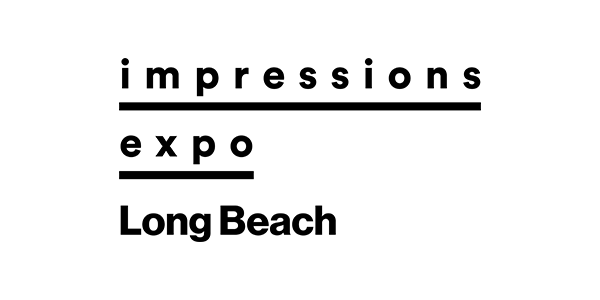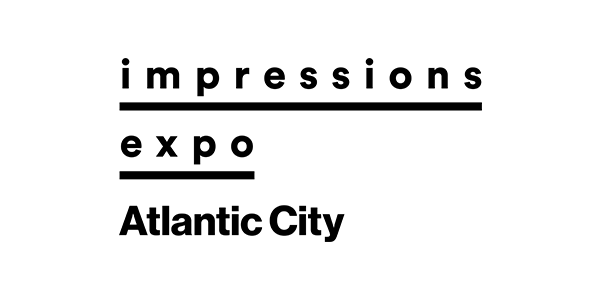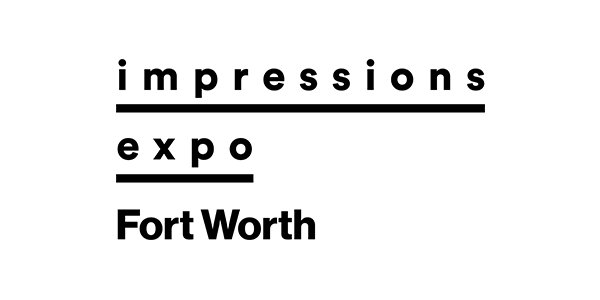The decorated apparel industry was hit faster by the pandemic than most other industries. After talking with dozens of shops, they all said similar things: “Orders just dropped off a cliff. We had customers calling us, canceling left and right.”
Then as the pandemic began to ease, a lot of decorators were overwhelmed and unprepared for the influx of orders and customer demands. Many companies were still struggling with labor issues, ink shortages, as well as difficulties getting garments months later.
Now nearing the end of 2022, companies have finally begun to rebuild and look toward the future. Part of planning for upcoming challenges as a decorator is doing the best work in the most profitable manner, and to understand what specific actions can be taken to move toward a more enriching business in the future. The following five concepts can be useful to adjust your business for more profitability: reassess costs, improve processes, minimize waste, upgrade communication and adjust pricing.
Note: As with any general concepts for businesses, no idea or process will work for every business. It is key to always consult with a professional prior to implementing any advice that could affect your company.
The concepts listed here are presented in a specific order intentionally, because it is important to address one area before another. In the case of the first idea, reassessing costs, it is critical to do this step before adjusting other areas to ensure that the information is captured and understood.
Reassessing Costs
With rising inflation, it is unlikely that any decorating company isn’t aware of an increase in the cost of doing business. However, the challenge to looking at the complete picture is recognizing that there are often multiple magnifying factors at work. With the instability of the transportation sector, shipping challenges, fuel prices and more, recognizing what’s going on also becomes a matter of frequency: it isn’t enough to look once a quarter at your costs! It may make sense to switch to a monthly review for some companies, or even a biweekly review. depending on the speed of your order processing.
The first step to approaching this is to find an accounting professional who you trust and who can help you to properly estimate the costs of your business and how to adjust them. Once you have someone who can help, you can capture a timely overview of all the items forming consistent expenses.
It is difficult, if not impossible, to define profit at all without first understanding what is spent to create a profit in the first place. The main point in this first step is to take what you currently use to consider costs and then reassess it at its current state, taking in any adjustments reflected by factors affecting your company (shipping, cost of goods, consumables, labor, etc.). It’s not always a fun process to see how much costs have increased, but once it is completed, a truer picture will enable you to better move forward.
Cost assessment steps include:
- Finding a professional partner to assist
- Defining the definition of “costs” as it will be considered in your company
- Sourcing costs for previous weeks or months as needed to get actual costs as well as project future trends in each category
- Based on discovered information, mapping out current and estimated future costs to use as a baseline for developing an increased profit model.
Again, going through this exercise will go a long way to helping you make better business decisions moving forward.
Improve Processes
Processes in decoration are one of the biggest areas to increase profit. With an objective view, consider how each process contributes to an order. There are a number of fundamental processes, for instance, in screen printing required to prepare an order for printing:
- Order intake and estimation
- Final sales order
- Blank goods/consumables ordered
- Art development, approval and separation
- Screen creation: positive film exposure or CTS (computer to screen)
- Ink mixing
- Shirt picking and production setup
- Final production
- Packing, shipping and delivery
Depending on your particular business, there may be additional or fewer steps than suggested here. The idea is that for each decoration area, there are defined stages of processes that can be reviewed based on relevant variables. Some of the variables that could be looked at for each include time, energy and labor costs.
In screen making, the addition of a CTS unit, as well as automatic screen-reclaiming equipment, can enormously benefit the screen department. Similarly, an automatic press upgrade can save hours of time every week in production speed.
Some great ways to improve many processes in apparel decorating are automating (CTS, auto-reclaim, auto unloading, auto folding and bagging) and streamlining steps.
Minimizing Waste
This concept is more of an attitude about how processes are done than an idea on how to improve profits. The challenge is to first define what constitutes “waste.” One suggestion is to consider all the materials left over after a job is finished. Another is to consider the “touches” on a garment that are needed to get it from receiving to final shipping.
The goal is to consistently minimize the unnecessary consumables, steps and costs for each order. Although the ways to do this will vary significantly by company, here are some basic ideas that you might want to consider:
- Test a shop rag service instead of paper towels
- Look into block-out barriers on screens instead of taping each screen
- Use registration systems for every job to minimize setup time
- Use a less expensive test print surface fabric instead of T-shirts to test jobs
- Stage all orders on order carts to avoid printer searching for order elements
- Use phone scripts for efficient sales intake calls
- Use art templates to guide customers toward faster art solutions where applicable
The surprising fact about reducing waste is how it rapidly magnifies profit as it will commonly also spill over into other areas.
Upgrading Communication
Communication was key for those companies that navigated the pandemic better than others, as they continued talking with their customers, employees, suppliers and, in some cases, banks, all while doing everything they could to stay afloat. What allowed these companies to succeed was that they tended, if anything, to over communicate, vs. go dark and wait things out.
Also significant were the details and what was specifically achieved during this communication process. With communication, there is a reciprocal feeling of trust and loyalty. This seems to hold true even when having to deal with difficult news, like rising prices.
The concept of upgrading a company’s communication process is two-fold: 1) improving the clarity of messaging so confusion is minimized and information is shared in a straightforward manner, and 2) improving the quality of the messaging, so there is an understanding between both parties. The following are a few suggestions for upgrading communication:
- Consider a customer portal where customers can track their orders in real time
- Implement customer e-mail programs
- Follow up with a call/survey for every order within two weeks
- Create call scripts for difficult calls, then listen, validate and offer solutions
- Offer chat or other phone-based, text-responsive solutions for customers
- Initiate contact first when problems arise
- Hold regular open sessions where employees feel safe discussing challenges
- Encourage employee reviews/feedback and recognize successful employee performance
Not all these ideas may work for your company. However, upgrading the frequency and quality of your internal and external communications will invariably affect profit in clear, measurable ways.
Adjust Pricing
The ironic truth about price increases is that they typically do not come as a surprise to customers. In addition, if the aforementioned suggestions for managing costs, optimizing processes, eliminating wastes and improving communications have been put in place, the hard work of explaining a price increase is greatly simplified. All the information needed to debrief the client is available. A loyal customer will also want to continue to use an honest business that communicates well.
An added benefit to sticking with fair pricing is that over time, you will begin to develop long-term relationships with customers who value quality, because that is what you are selling, rather than just working on the cheap. A better class of customer is what companies crave, but only those businesses that are willing to stick to fair policies will develop an appreciative audience. The biggest ways to fairly adjust pricing include:
- Creating a fair pricing model/policy
- Communicating price increases thoughtfully with details, timeframes, etc., and inviting feedback
- Staying informed about local and relevant market concerns, as well as competitive trends in pricing for your niche
- Listening and being responsive to customers’ demands and staying flexible with solutions to better reach compromises
- Offering a selection of economy models for customers with reduced budgets—such as templated art, minimal colors and lower-cost bulk items
- Offering discounts for those customers who pay up front along with other options that lower your company’s costs and incentivize helpful customer behavior
Navigating the aftereffects of the pandemic will be an ongoing challenge for decorators for years to come. Adjusting your business to generate more profit from every order can not only provide a buffer in case of continued cost increases, but build critically important habits that can keep a company profitable long into the future.
Thomas Trimingham has been helping screen printers for more than 25 years as an industry consultant, artist and high-end separator, and author of over 180 articles. He is currently the Director of Marketing for M&R Printing Equipment. If you have feedback or wish to comment on this article you can reach Thomas at [email protected].





